Traffic pollution is one of the main sources of urban air pollution. Especially for coastal port cities, the frequent entry and exit of a large number of container trucks not only brings huge traffic pressure, but also inevitably generates pollutants such as nitrogen oxides and particulate matter. These traffic pollutants are highly concentrated in port and urban areas, long-termly affecting the respiratory and cardiovascular health of nearby residents, posing serious public health risks.
In response to the above traffic pollution issues, the research team has conducted a series of studies in recent years.
Main research directions include:
1 Data-Driven Traffic Pollution Emission Research
The research group uses Portable Emission Measurement Systems (PEMS) to conduct real-road monitoring of private vehicles (China V, China VI), diesel container trucks (China IV, China V, China VI), and natural gas container trucks (China VI).
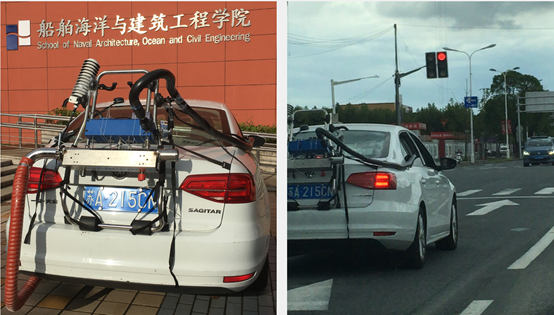
Based on the MOVES emission model combined with deep learning algorithms, a microscopic vehicle emission model is constructed, and validated using PEMS measured data, ultimately building an AI-powered vehicle emission model.
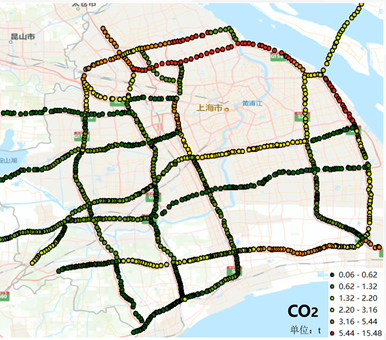
Additionally, a web-based container truck carbon emission calculator has been developed to measure both instantaneous emissions at the micro level and overall emissions at the macro level, achieving refined accounting and dynamic assessment of container truck carbon emissions in Shanghai.

2 AI-Powered Traffic Pollution Diffusion Research
Compared with fixed monitoring, mobile monitoring offers strong flexibility, revealing the risk level of pedestrian exposure to traffic pollution on roads. The research group has invented a smart backpack for portable mobile air pollution monitoring, capable of tracking air pollution concentrations that pedestrians are exposed to in traffic networks.

Residents living along streets or pedestrians, due to their proximity to traffic pollution sources, are inevitably exposed to high concentrations of air pollution for long periods, posing significant threats to their physical and mental health. Through mobile traffic pollution monitoring, the research group reveals the spatiotemporal distribution characteristics of urban road air pollutants, assesses the health risks of air pollution exposure for residents and pedestrians, and constructs optimization strategies for traffic and spatial layout of street-side communities.
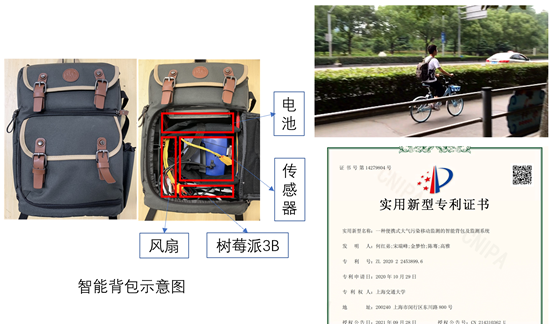
Using PEMS equipment and portable devices, traffic pollution from urban elevated roads, tunnels, toll stations, and other transportation infrastructure is monitored and assessed, providing data support and scientific guidance for the sustainable development of transportation infrastructure.
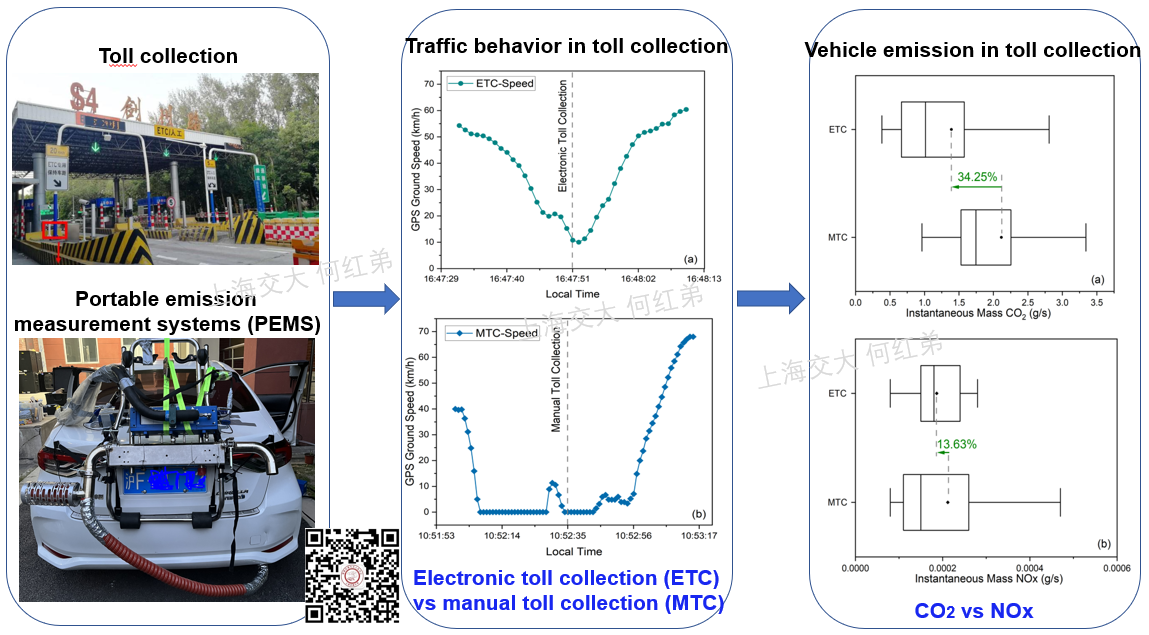
Representative Achievements:
Unmanned Aerial Vehicles (UAVs) have advantages such as strong mobility, simple operation, and low cost, and have been highly regarded in atmospheric environment monitoring in recent years. Equipped with portable air pollution monitoring devices, UAVs can conduct continuous monitoring of atmospheric pollutants at different altitudes and areas. This three-dimensional, comprehensive observation method breaks through the limitations of traditional ground-based fixed monitoring stations, more realistically revealing the vertical distribution characteristics and dispersion patterns of pollutants, providing key support for atmospheric pollution mechanism research and refined governance.
Based on multi-rotor UAVs, the research group has set up portable air pollution monitoring equipment, and through wind tunnel tests and numerical simulations, established a UAV-based atmospheric pollution monitoring platform for refined monitoring of three-dimensional diffusion of atmospheric pollution.
Main research directions include:
1 UAV Atmospheric Pollution Monitoring Platform
During operation, UAV propellers inevitably generate downwash airflow, which interferes with the sampling stability of portable monitoring devices. To address this, the research team uses numerical simulations, wind tunnel tests, etc., to optimize the configuration of portable devices on UAVs, compares UAV observation results with tethered balloon observations, reduces the impact of propeller airflow on monitoring data, and ensures accurate and reliable monitoring data.
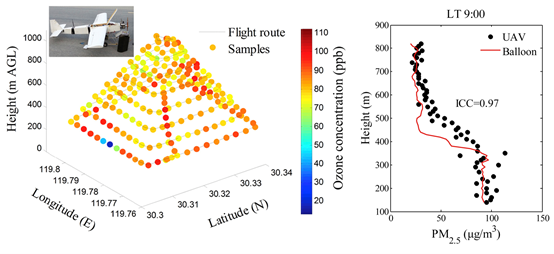
2 Environmental Effects of Transportation Infrastructure Based on UAVs
The special three-dimensional structure of urban elevated roads usually hinders the diffusion of traffic pollutants, forcing pollutants to accumulate for long periods in elevated street canyons, leading to prolonged exposure of pedestrians on elevated roads to highly polluted air, seriously threatening their physical and mental health. Based on the UAV atmospheric pollution monitoring platform, the research team reveals the vertical distribution of pollutants in elevated road street canyons and uses numerical simulations to assess the environmental effects of elevated road infrastructure such as noise barriers.
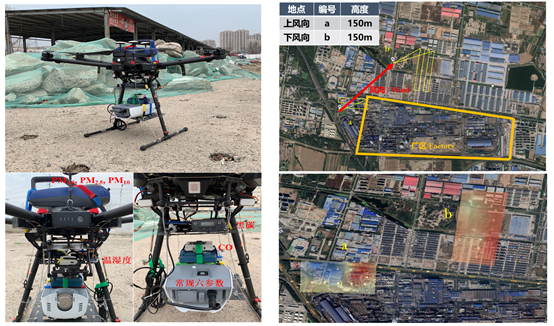
Street-side communities are close to main traffic arteries, and their air pollution is particularly severe. Residents' long-term exposure to high concentrations of air pollution has very serious health impacts. Based on the UAV atmospheric pollution monitoring platform, the research team reveals the three-dimensional spatiotemporal distribution of pollutants in street-side communities; uses deep learning algorithms to explore factors affecting the spatiotemporal distribution of pollutants; and combines numerical simulation to evaluate and optimize the spatial layout of building clusters in street-side communities.
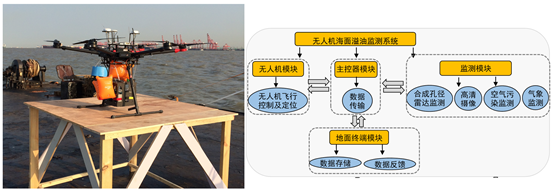
3 Environmental Effects of Urban Vegetation Based on UAVs
Road vegetation, on one hand, can adsorb traffic pollutants leading to concentration reduction, and on the other hand, its special three-dimensional structure hinders pollutant diffusion leading to concentration increase, resulting in ambiguous environmental effects of vegetation. The research team takes road vegetation as the research object, uses the UAV atmospheric pollution monitoring platform to explore the three-dimensional distribution patterns of vehicle exhaust when passing through or bypassing vegetation; and combines numerical simulation to reveal the effects of different vegetation layouts on pollutant diffusion and dissipation, further clarifying the synergistic mechanism between vegetation spatial patterns and road environment, meteorological conditions in the process of "dust interception and pollution reduction".
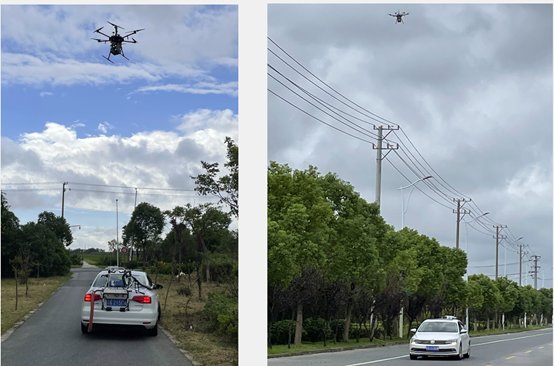
4 Atmospheric Pollution Source Tracing Based on UAVs
Traditional monitoring methods have significant limitations when applied in key areas such as industrial parks and steel plants, making it difficult to achieve refined monitoring of their emission sources. In contrast, UAVs have advantages such as flexibility, low cost, and wide spatial coverage, allowing for close-range, multi-altitude, multi-time-period observations around and even inside factory areas. The research team uses multi-source sensors mounted on UAVs to identify and analyze the spatial distribution and emission characteristics of pollution sources in steel plants, combined with real-time meteorological data to estimate pollutant diffusion paths and impact ranges.
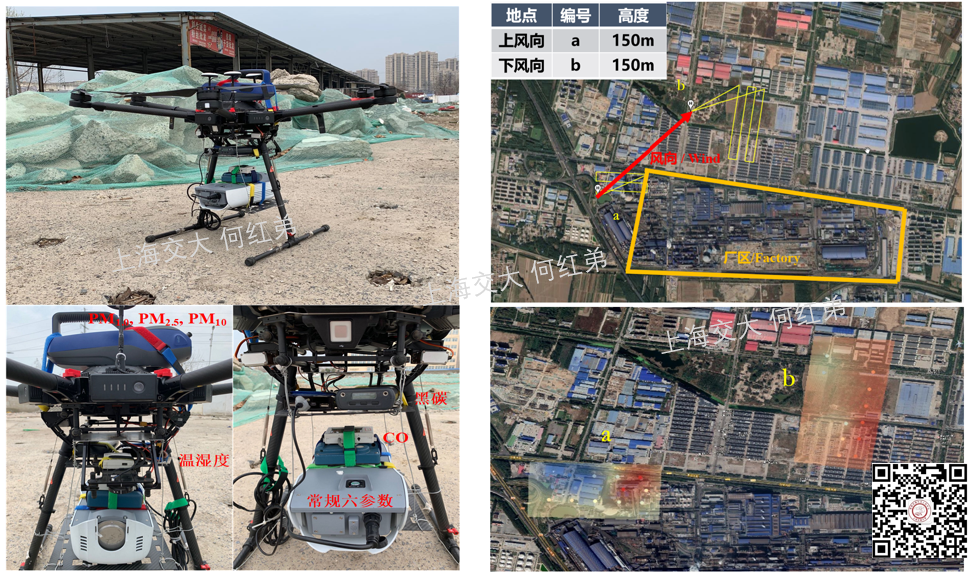
To date, relying on the UAV monitoring platform, the research group has conducted vertical observation experiments of air pollutants in more than ten cities in the North China Plain, Yangtze River Delta, and Pearl River Delta, achieving relatively systematic research results. Related research not only provides key vertical observation data for regional air pollution source tracing but also provides strong support for local air pollution prevention and control decision-making.
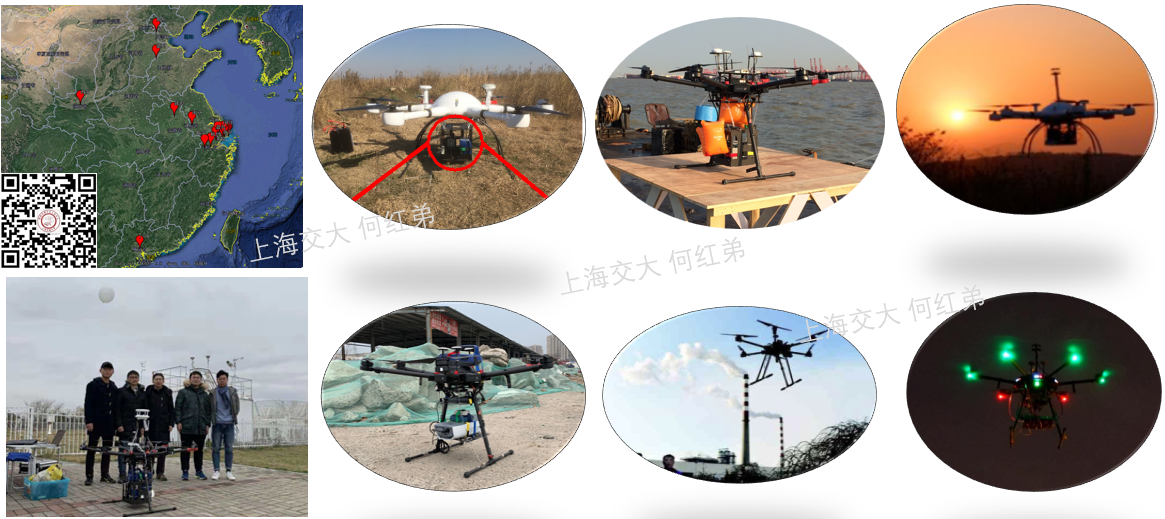
Representative Achievements:
In recent years, new energy vehicles have experienced explosive growth, driving the green transformation of transportation while also presenting new challenges. Among these challenges, range anxiety and battery performance degradation have become key factors limiting their further widespread adoption.
In response to these issues, the research team has collaborated with the Shanghai New Energy Vehicle Public Data Collection and Monitoring Research Center to conduct systematic research on the energy consumption patterns and battery health status of new energy vehicles, relying on large-scale real-world operational data, providing scientific support for the optimization of new energy vehicle performance and industry development.
1) Data-driven Energy Consumption Analysis of New Energy Vehicles
Energy efficiency not only directly reflects the performance and competitiveness of new energy vehicles but also serves as a key support for driving the green transformation and sustainable development of the industry. The research team has introduced dual-machine learning and small-bag-guided methods to conduct causal analysis of electric vehicle energy consumption and has developed a unified framework that integrates statistical, predictive, and causal perspectives. This framework has been empirically validated on large-scale multi-source driving data, revealing complementary insights that may be overlooked using a single method. This provides a new research path for deeply understanding the energy consumption mechanisms of electric vehicles, promoting eco-driving, and improving energy consumption prediction accuracy.
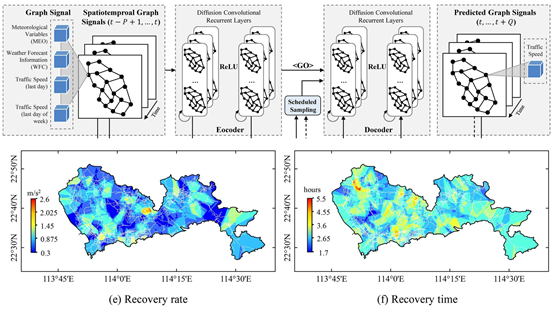
Furthermore, based on large-scale real-world driving data, the research team uses statistical analysis methods to reveal the relationship between energy consumption and potential influencing factors at multiple levels, such as by city, vehicle type, and travel category, and quantifies the contribution of each variable to the energy consumption of new energy vehicles.
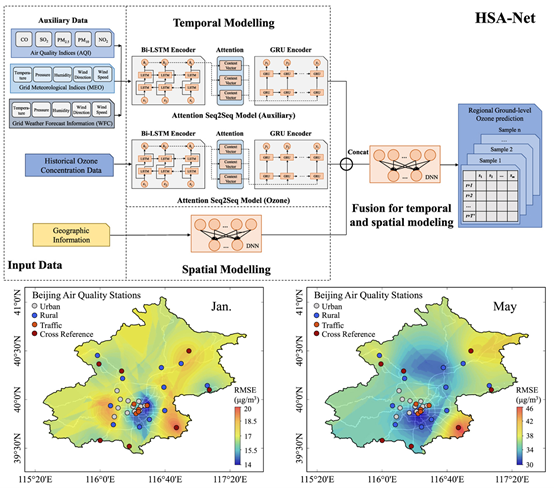
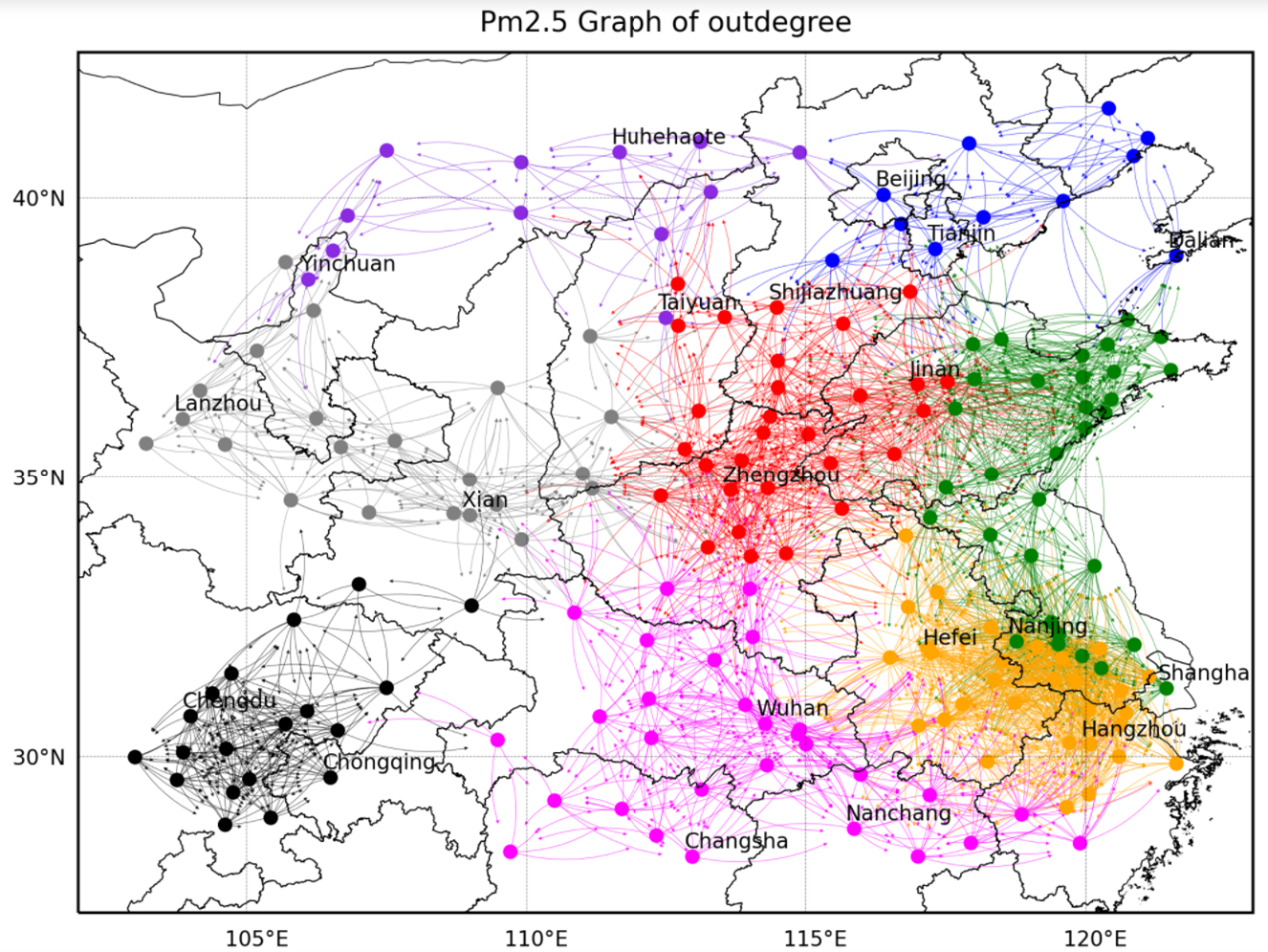
2) AI-powered Electric Vehicle Remaining Range Prediction
Based on the analysis of energy consumption patterns, the research team further focuses on the problem of electric vehicle remaining range prediction. In the early stages of vehicle deployment, traditional models often perform poorly in energy consumption prediction due to the lack of historical driving data. To address this issue, the research team proposed the Energy Consumption Transformer (ECT) model and designed a two-stage training strategy. In the first stage, the team pre-trains the model on 310,000 pieces of multi-type, multi-scenario driving data to learn the prior patterns of electric vehicle energy consumption. In the second stage, the model is fine-tuned using a small number of samples from the target vehicle to achieve personalized modeling. This model has zero-shot and small-sample modeling capabilities, significantly reducing the cold start threshold, and also showing remarkable advantages in cross-scenario generalization and deployment convenience.
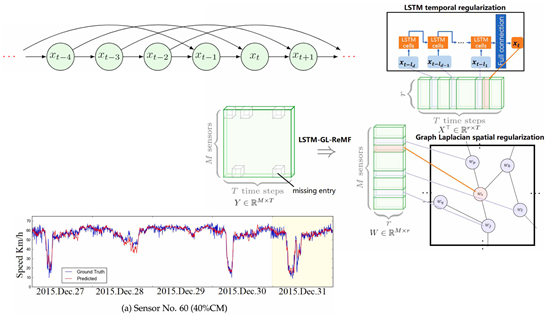
In real-world driving data, the vast majority of samples are concentrated in the mid-to-low range, while high-range samples are relatively scarce. Traditional single models are prone to prediction bias during training due to this imbalance. To address this problem, Professor He Hongdi's team, based on over 5 million pieces of electric vehicle operation data, systematically analyzed the relationship between energy consumption rate, vehicle speed, and battery status, and proposed the Balanced Ensemble Transformer (BET) model. This model first balances the distribution of remaining range segments through segmented sampling, then trains multiple dedicated Transformer sub-models. During the prediction phase, a dynamic routing mechanism is introduced to assign tasks to the most appropriate sub-model based on the current operational conditions, achieving accurate predictions across the entire range.
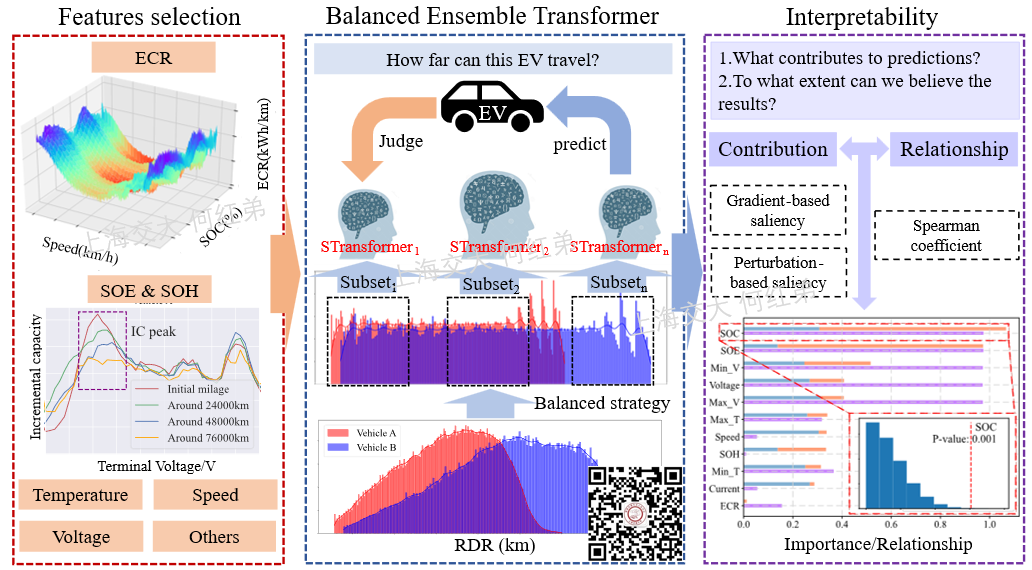
Representative Achievements: